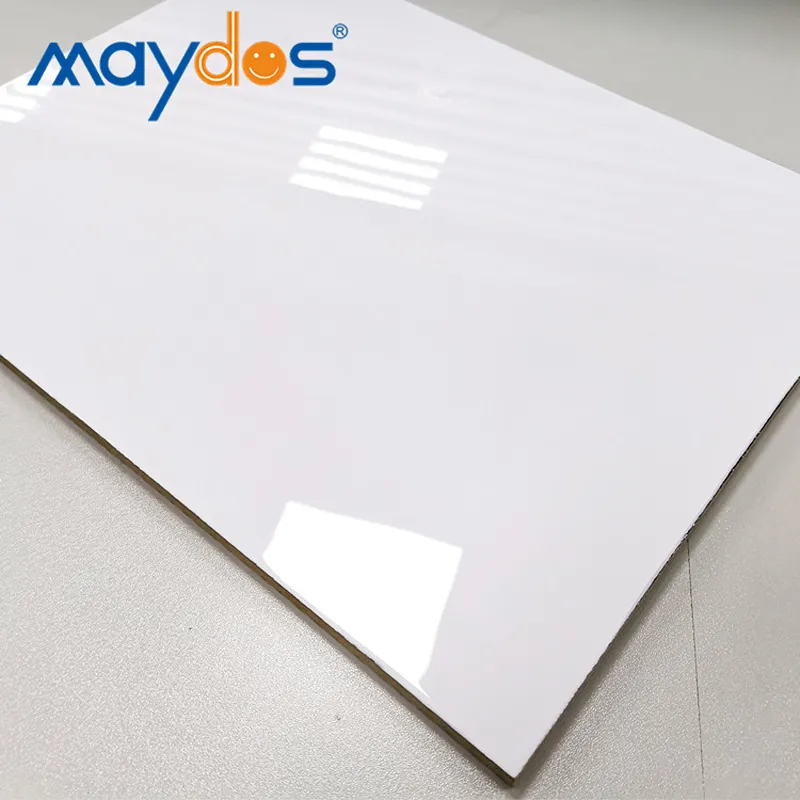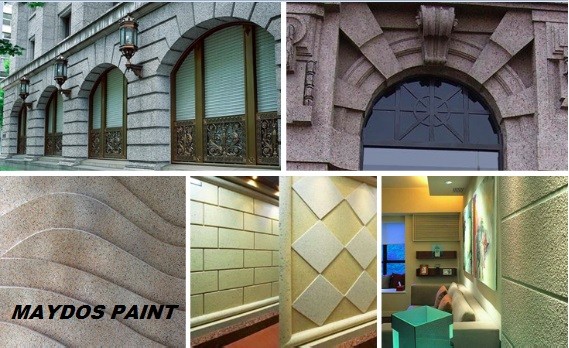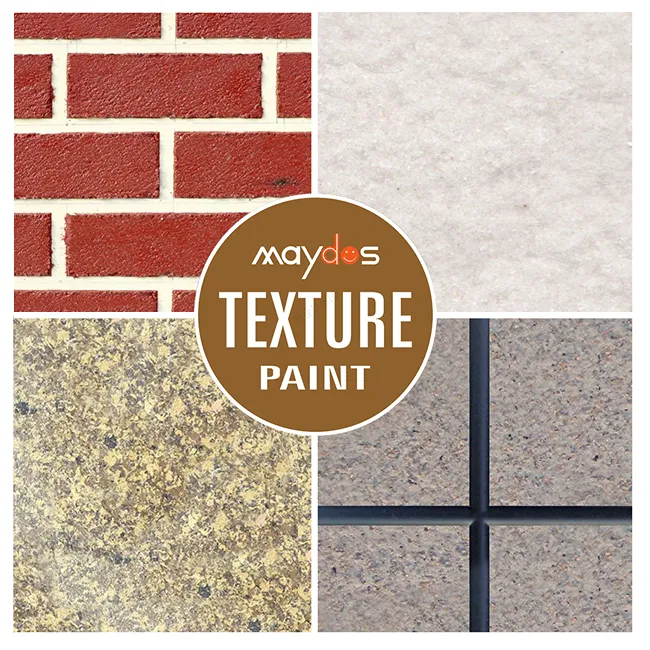Wood paint
Wood paint can instantly improve the decor of your room. Choose a color that complements your personal taste and personal style. Wood is naturally warm and attractive, so the right color will bring out the beauty of your wood furnishings. Water-based, alkyd, and latex paints all have their own pros and cons, so it’s important to understand what each one is made of and which is best for your project. Read on to learn more.
Water-based
If you’re planning to repaint your woodwork, you’ll need to decide between water-based and oil-based paint. Both types of paints have their advantages and disadvantages, but the water-based type is the preferred choice for a number of reasons. Oil-based paints have the advantage of being long-lasting, whereas water-based products need to be re-coated more often.
Water-based wood paints are usually formulated with chemicals that dry quickly, while acrylic paints are translucent and resistant to mold and stains. These two ingredients improve the solidity and feel of the paint, as well as its resistance to abrasion and scratching. This is why water-based wood paints are so popular for finishing wooden furniture. However, there are disadvantages to using water-based wood paints, including poor film fullness and easy yellowing.
One disadvantage of water-based wood paints is that they’re difficult to apply by roller or brush. Overworking the product causes it to become thick, causing streaks and poor aesthetics. To avoid this, thin the product before applying it. Make sure to catch defects on subsequent coats so that you can easily repair them. Water-based wood paints can be applied by spraying, but that’s not possible in all cases.
In contrast to solvent-based wood paints, water-based wood paints contain zero VOCs. They are safer to use and are better suited to extreme weather conditions, such as freezing temperatures. However, these paints tend to have a strong odor, which is particularly disturbing for children. Water-based paints are better suited to exterior coatings, as they don’t carry the risk of harmful VOCs.
While the new regulations are beneficial to the environment, they don’t solve every problem. If a product is deemed non-compliant, it can be placed back on the market for up to 12 months. If the product is still on the market after that time, it should be removed from the market. But, the good news is that most of them aren’t. It’s still possible to find an appropriate water-based wood paint to finish your project.
Another great advantage of water-based wood paints is that they don’t cause pot life problems and are ideal for interior applications. The best way to preserve these paints is to store them in a dry environment away from extreme temperatures. The recommended temperature range for water-based wood paints is between eight and 10 degrees Celsius, with an air humidity limit of 80% R.H. During the final drying phase, the paint doesn’t dry completely, so extreme temperatures can significantly affect it.
Once you have selected the type of paint you’d like to use, it’s time to start applying it to your wood project. The best way to choose the type of paint for your project is to know what it will need to look good. Wood is an organic material, and it will absorb the paint. Therefore, you’ll want to choose a paint that’s durable and will stand up to frequent cleaning. Remember that quality wood paints will make a big difference in the finished product.
Latex
The first step in latex wood paint application is to thoroughly stir the paint and pour it into a paint tray. After pouring the paint, apply it with a roller and make sure to coat the entire surface evenly. If the paint is too thin, you can also use a paintbrush to apply it in small, intricate areas. You should allow the paint to dry completely for at least 72 hours before applying a second coat. For best results, use a tack cloth to remove any dust from the paint surface.
Oil-based paint is toxic and can damage the wood surface. For these reasons, oil-based paints are best applied in well-ventilated areas and allowed to fully diffuse before entering the room. While oil-based paints are more expensive than latex paints, water-based paints have no such risks. Latex paints are usually more affordable, depending on brand and finish. You can also save a lot of money and elbow grease by experimenting with the paint samples before applying them to the wood surface.
If you have leftover latex paint, you can use it on new furniture pieces. It is recommended that you use a durable water-based paint, such as latex, when repainting wood. Latex paints are relatively easy to remove. They can be cleaned using soap and water. If the paint gets dirty, you should apply a protective polycrylic topcoat. Then, apply the next coat. In general, latex paint is the most convenient and inexpensive option for repainting wood furniture.
Latex wood paint is great for small pieces of wood, as it gives a matte or satin finish. If you plan to use the paint outdoors, it is best to seal it with a varnish or lacquer sealant. Make sure that you have plenty of ventilation during the application process, as these varnishes are strong chemicals that can be harmful if exposed for a long time. Then, it is time to consider acrylic or oil-based paint.
Oil-based paints are thicker than latex paints, and require different rollers and brushes. Latex paints are thinner and easier to apply. In general, latex paints last longer, while oil-based paints dry quickly. Besides, oil-based paints have a greater durability than latex paints. The difference in cost is not that large, though. You can find inexpensive latex paints at any hardware store.
The only major difference between latex and acrylic paints is their drying time. Both types of latex paints can be applied to a variety of surfaces. Latex has a lower drying time than acrylic, so it can be used on a variety of surfaces. This type of paint also has a low VOC, making it the better choice for many internal applications. The downside is that it may peel or wash off the surface if it comes into contact with moisture.
Alkyd
When painting with alkyd paint, you can choose between two basic types: oil-based and water-based. Oil-based is the more affordable of the two and has many advantages over water-based. Alkyd wood paint, on the other hand, can only be used indoors. It has its own advantages and disadvantages. To learn more about alkyd wood paint, read on. We have put together a comparison chart below.
If you already have an alkyd wood paint, it may not be suitable for your project. This type of paint is based on a solvent that is organic in nature. The solvent is usually refined kerosene. The paint has several ingredients, including coloring pigments, fillers, and solvents. The composition varies depending on the type of material it’s intended for. Wood coatings typically include antiseptics, while metal surfaces have anticorrosion additives.
Water-based alkyd wood paint contains a film-forming material called modified alkyd emulsion, which is 50 to 80% of the product. The other components include a wetting agent, dispersing agent, and thickener. Water-based alkyd wood paint can also reduce environmental pollution and reduce production and application costs. So if you’re looking for a wood-based paint, it may be time to make the switch to this type.
Oil-based paints take a long time to dry. This makes them the ideal choice for rarely-used furniture, such as a dresser. Even small spills will dry off after 30 minutes, but large ones may remain stubborn. When they do, you should use a high-quality, odor-free primer before applying the Alkyd wood paint. This is also beneficial for restoring the natural patina of wooden objects.
An oil-based paint can be applied over alkyd wood paint to create a smoother, more appealing finish. Oil-based paint is much thicker and adheres to alkyd paint better, but it does require good ventilation and disposal. If you do choose to use oil-based paint, make sure you clean the area well afterward, so as not to disturb the paint. It’s also safer and more durable than the former, but there are some drawbacks to using it.
Natural alkyd wood paint is an excellent choice for exterior applications. It is a mid-range finish that can withstand sub-zero temperatures. It’s also a good choice for interior applications like furniture and wood trim. You can also use it on structural steel if you’re looking to paint machinery and other items. You can also apply it to metal surfaces like frames, columns, and pipes. It will protect the metal underneath the paint and will not cause rust.
If you’re looking for a high-quality exterior alkyd paint, consider priming the wood first with an antiseptic primer. If you’re painting an aluminum siding, you’ll want a product that will protect it from rust and tannin. While there are several types of alkyd wood paint on the market, a primer is a must first. In addition to the primer, alkyd wood paint also protects the surface from moisture and mildew.





















